An Exploration of the Epidemic of Femicide
“How many more women must fall victims before we recognize that femicide is a real and pressing social problem that demands our attention?
Despite its significance, many people are still unfamiliar with the term. Femicide is the ‘the intentional killing of a woman because of her gender‘. It extends beyond the category of female homicide, considering that not all female homicides are gender related.
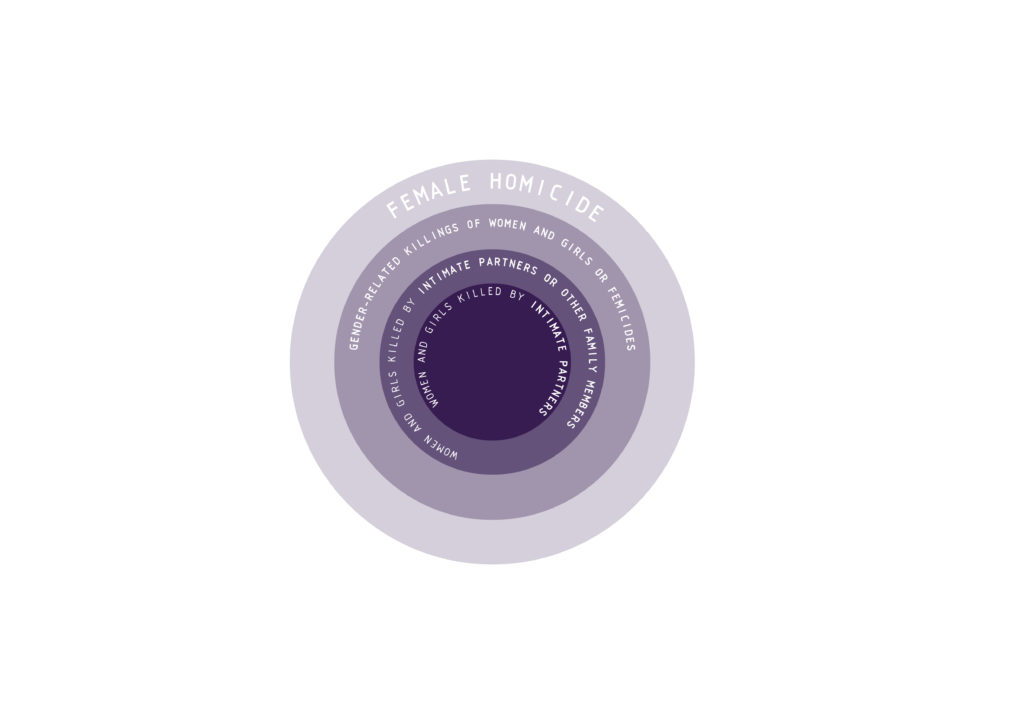
There are numerous manifestations of femicide recognized by the Academic Council on the United Nations System (ACUNS) Vienna Liaison Office, that are not always discrete and may overlap. This study focuses on the interpersonal category and specifically on the intimate femicide, that is the killing of women by current or former partners, as well as family members (mainly by male relatives but sometimes femicides are aided by a female relative).

Femicide is the most extreme form of violence against women. But violence against women does not begin with murder. In many cases, the victims experience physical, social, sexual and economic violence beforehand. Apart from it, violence does not begin with physical assault but with devaluation, control, verbal or psychological violence in a relationship or stalking after a breakup.

It is a global phenomenon. Analyzing the datasets from UNODC (United Nations Office on Drugs and Crimes) between 2011 and 2020, it is clear that while the majority of intentional homicide victims are males, the majority of the victims of intimate partner/family-related homicide are women. Precisely, in 2019, a total of 87,000 women were intentionally killed, more than half of them were killed by intimate partners or other family members, meaning that 137 women across the world are killed by a member of their own family every day. This is an under-reported number, as many governments around the world don’t report femicides.
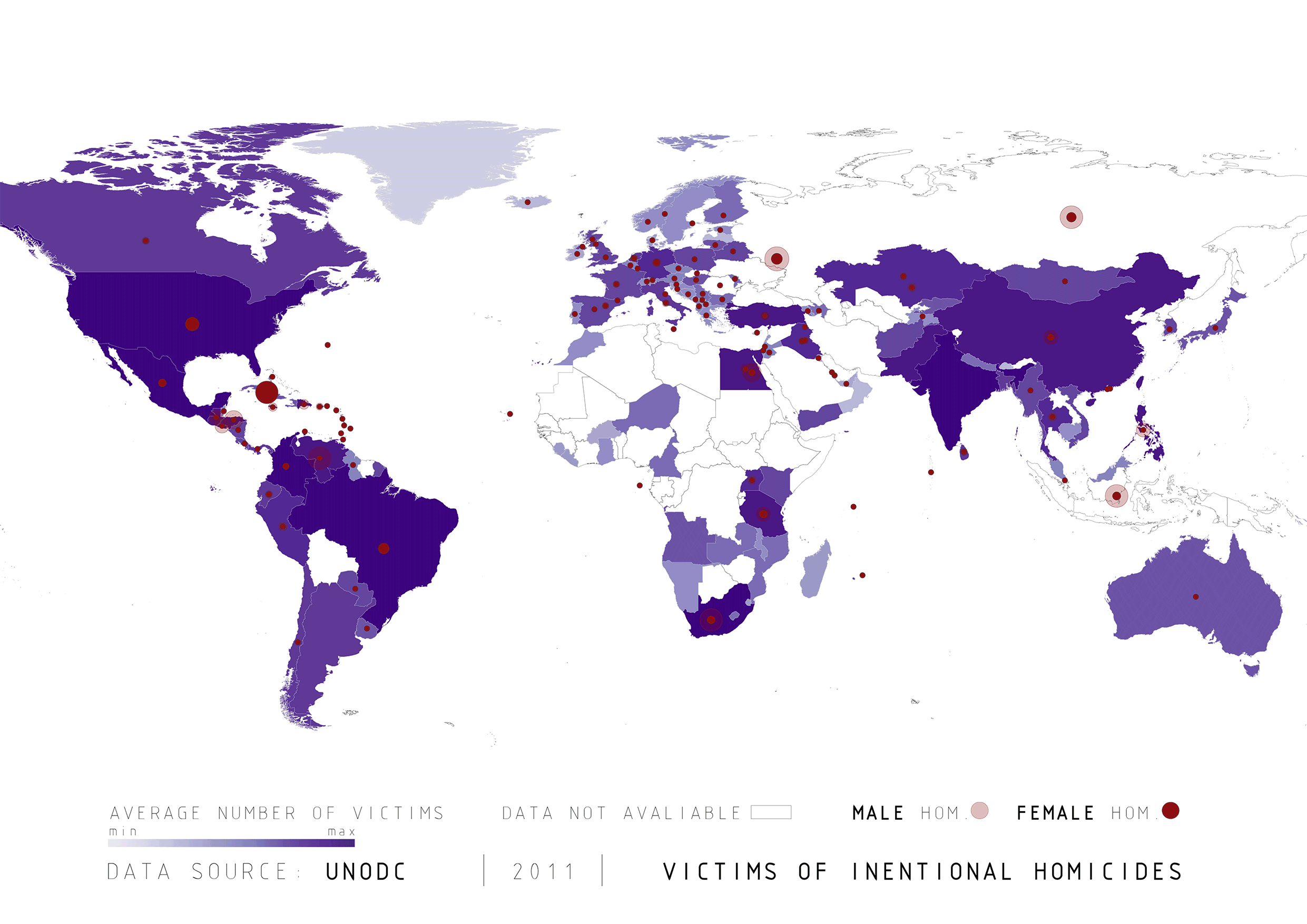
In 2020, the rise in domestic violence mirrors increases elsewhere that, appear to be a side effect of Covid-19 Lockdowns, promoting the UNITED NATIONS to speak of a shadow pandemic or the unmask abuse. This rise sharply affected the femicide rates globally.
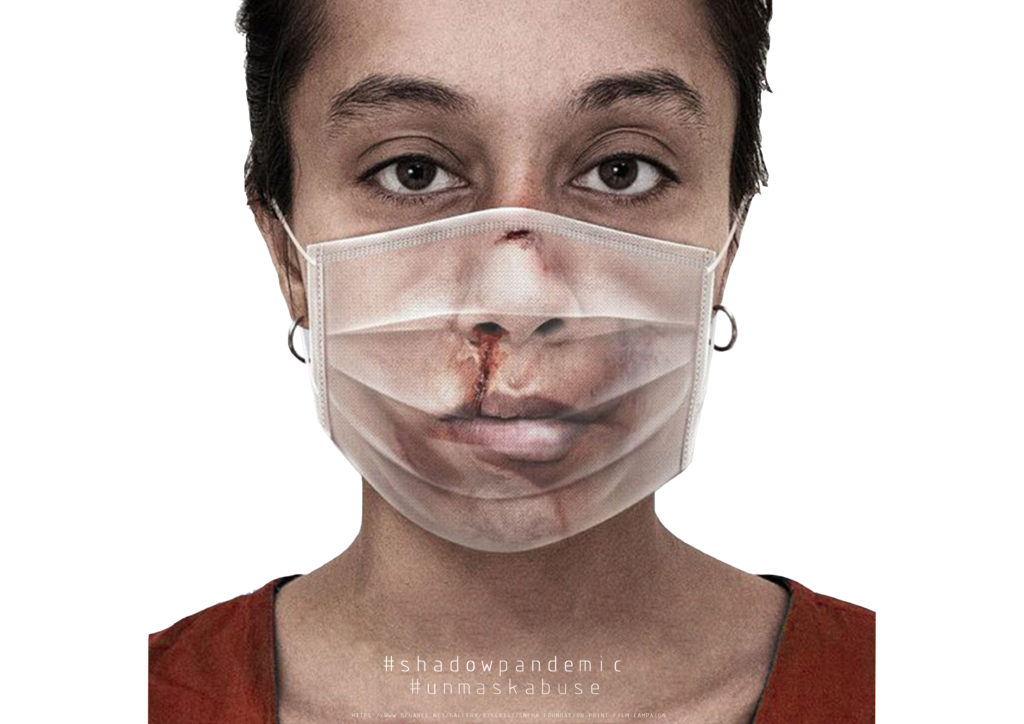
In European level, based on data that EUROSTAT provides for countries that cover 78% of EU population, the number of women killed by family members or intimate partners in relation to population size increased in 2020 by 12 %, compared with the previous year while at the same time, the percentages for men killed remained stable.
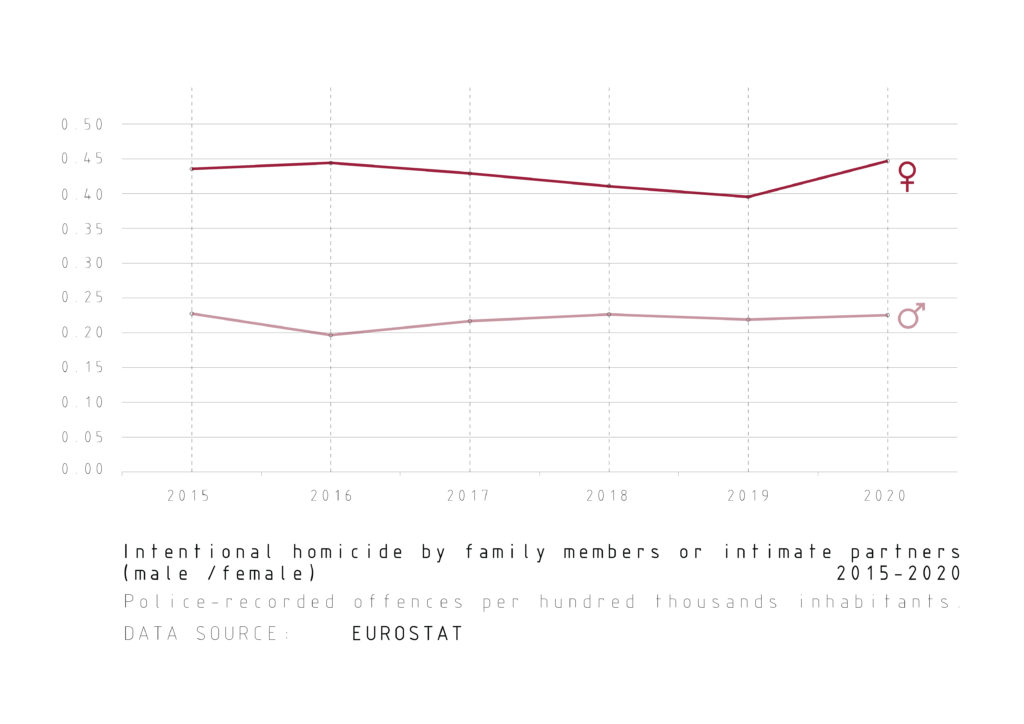
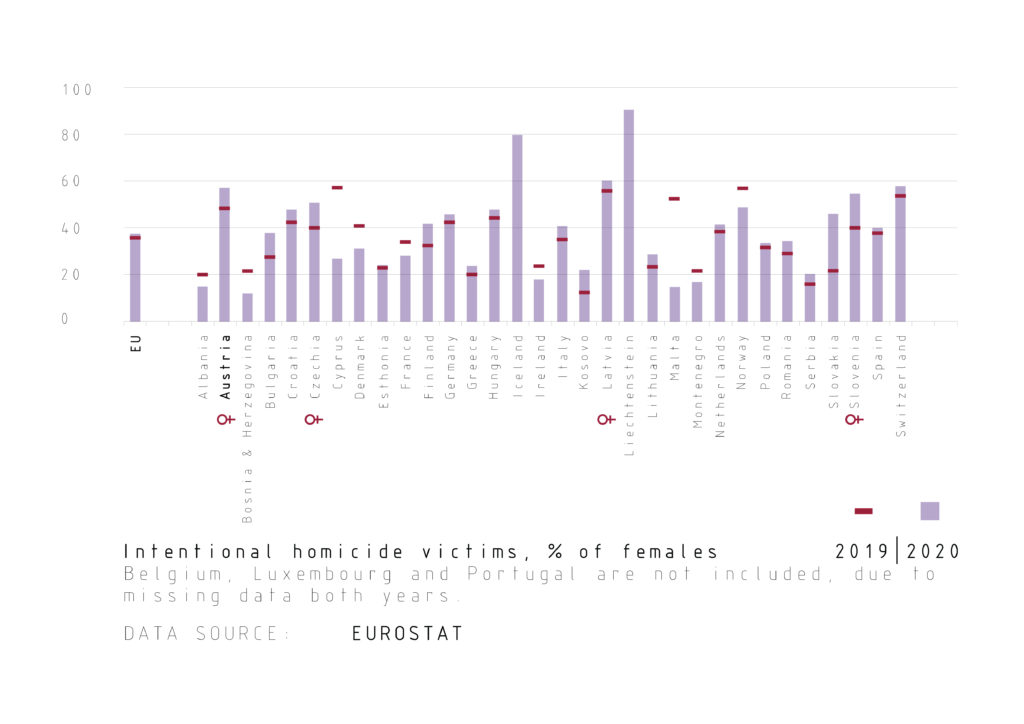
Residing in both Austria and Greece has brought to my attention the gravity of the femicide phenomenon, considering that in 2021, the National Breakout of the #MeToo Movement in Greece took place but also Femicides was the dominating issue in Greece’s and Austria’s news stories and local conversation. Hence, both countries serve as the benchmark cases in this research.
Austria and Greece are comparable in population size and geographic area, yet their economy and unemployment rates differ vastly. The European Institute for Gender Equality measured the gender equality scores of Austria and Greece, which were 68.0 and 52.2 out of 100 points in 2021, respectively. Analyzing the numerical datasets provided by the UNODC, from 2010 to 2020, comparing the crime rate, with the total number of intentional homicides (female and male homicides), focusing on femicide cases and domestic violence reports , different patterns among the two countries could be identified.
- The total number of Intentional Homicides is highly correlated to the Crime Rate in both countries. However in Austria the figures fluctuate while in Greece there is a significant decrease over the years.
- Austria is the only EU country in which Female Homicides exceed the number of murders of men. On the contrary, throughout the years, in Greece, the vast majority of homicide victims are males.
- More than 90% of the Female Homicides in Austria pertain to Femicide cases while in Greece, just a small minority of them, accounting for 39 and 10 Femicide cases correspondingly, in 2020.
- A steady rise of Domestic Violence cases is reported between 2010 and 2020 in both countries, with Austria having twice as many cases as Greece.

What occurred following the pandemic?
It appears that official national and global organizations have not provided data on the topic beyond 2020. Therefore, a new dataset was compiled utilizing the available information from media and social media platforms, and informal data from non-governmental organizations such as activist and feminist groups. In 2021, Austria (31) had twice as many femicide cases as Greece (17). However, in 2022, femicides in Austria decreased while the number in Greece followed un upward trend, exhibiting a considerable degree of similarity (AUT:28 / GRE:24).
By providing comprehensive information on every femicide case, the new dataset intends to uncover similarities and differences among the two countries and highlights patterns that may exist. The dataset includes data on the location of the femicide, the urban setting in which it occurred, the victim-perpetrator special relationship, the age and nationality of both victim and perpetrator, and the mechanism used in the femicide.

Based on the available data (quantitative/qualitative), it appears that in Greece, there is a higher level of transparency when it comes to sharing information about femicide cases, whereas in Austria, there seems to be a lack of information available specifically about the victims. However, it proved challenging to provide responses to three significant inquiries for both countries.
- How did women typically respond during an abusive relationship? Did they tend to speak out about the abuse, ask for help or stay silent?
- What were the underlying factors or motivations that led the perpetrators to commit femicide?
- What were the consequences or legal actions taken against perpetrators?

Women should be acknowledged as more than just numbers or anonymous individuals. They are human beings with individual names and faces and undoubtedly, a range of emotions. Femicide is not simply a synonym for murder of a woman. The term is used to make it clear that these are not isolated cases, but a social problem that has a system in which women are objectified and owned.

Femicide is an intensely personal occurrence, yet we often attempt to analyze and comprehend it in an impersonal way through statistics and data. However, the available data remains inadequate in offering a complete and unbiased understanding of this phenomenon.
How can we start empathizing and then bridging the gap in our knowledge, thus empowering us to effectively address this social issue?

